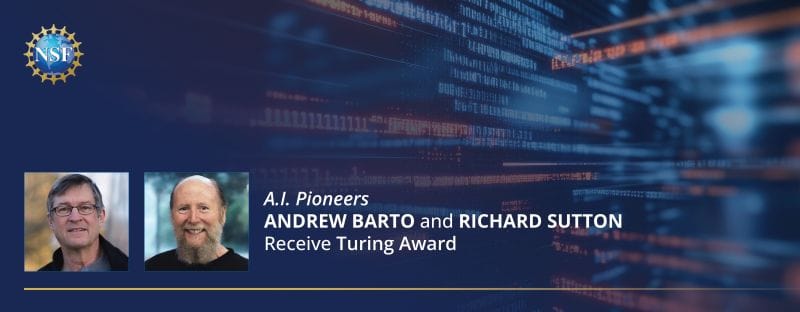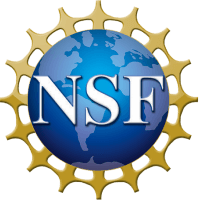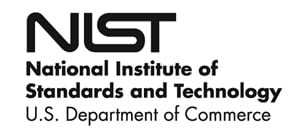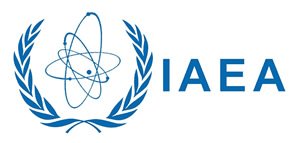RSS feed source: National Science Foundation
The computing world is celebrating a major milestone as Andrew Barto, professor emeritus at the University of Massachusetts Amherst, and Richard Sutton, professor of computer science at the University of Alberta, Canada, have been awarded the 2024 Association for Computing Machinery A.M. Turing Award — often called the “Nobel Prize of computing” — for “developing the conceptual and algorithmic foundations of reinforcement learning.”
The legacy in reinforcement learning
Barto and Sutton are widely recognized as pioneers of the modern computational reinforcement learning (RL), a field that addresses the challenge of learning how to act based on evaluative feedback. Their work has laid the conceptual and algorithmic foundations of RL, shaping the future of artificial intelligence and decision-making systems.
The influence of RL extends across multiple disciplines, including computer science (machine learning), engineering (optimal control), mathematics (operations research), neuroscience (optimal decision-making), psychology (classical and operant conditioning) and economics (rational choice theory). Researchers in these fields continue to be profoundly shaped by the contributions of Sutton and Barto.
From NSF Grants to AI Breakthroughs
Barto’s contributions were made possible through a series of U.S. National Science Foundation-funded projects that sustained AI research long before its recent boom. His research was supported through grants from NSF programs including the National Robotics Initiative, Robust Intelligence, Collaborative Research in Computation Neuroscience, Human-Centered Computing, Biological Information Technology and Systems, Artificial Intelligence and Cognitive
Click this link to continue reading the article on the source website.



